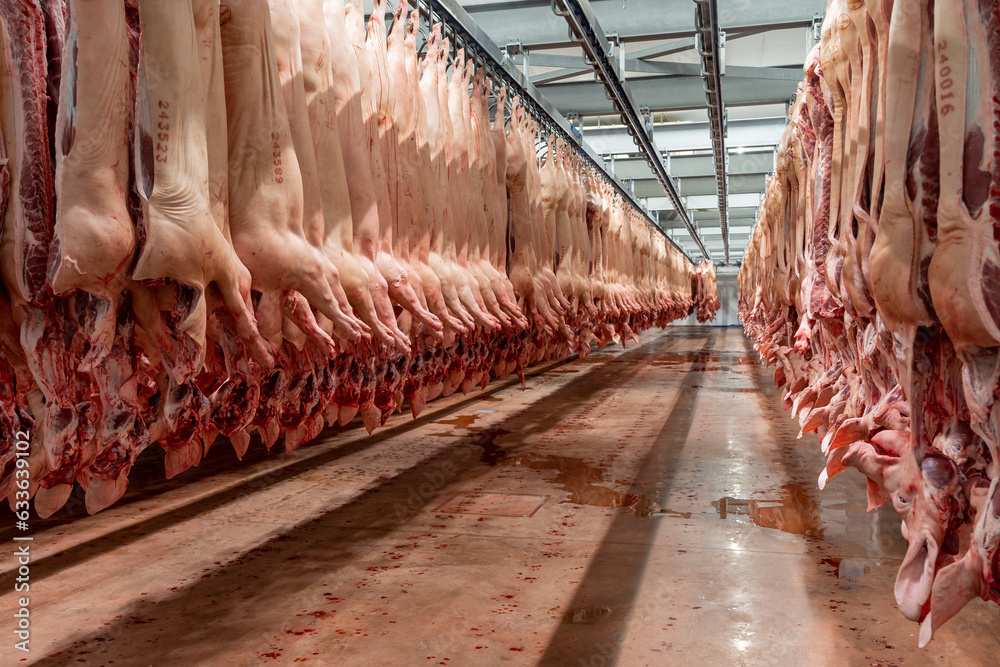The global supply of pigmeat is projected to rise steadily in the next decade, led by growth in Asia, according to the OECD-FAO Agricultural Outlook 2025-2034.
The volume of pigmeat produced across the world is predicted to grow from 124 million tonnes (Mt) carcase weight equivalent (cwe) in the base period (2022-2024) to 130 Mt cwe by 2034, equivalent to an annual growth rate of 0.4%.
Over the next decade, overall global meat production is forecast to rise by 13% to 406Mt by 2034, with pigmeat account for around 13% of the total increase by 2034, according to AHDB senior analyst Soumya Behera.
Asia
With developing countries fuelling growth, the OECD-FAO outlook highlights that meat production in Asia will contribute 55% of the total global growth and a big proportion of the increase in pig production, with south-east Asia expected to see rapid growth in countries such as Vietnam, the Philippines and Thailand – assuming that recovery from ASF will occur across the region.
However, China, the world’s largest consumer of pig meat, is forecast to see pig meat production remain stable at current volumes, as a stagnating economy and market consolidation weighs on the industry.
Latin America
Latin America contributes 15% of global livestock production. The OED-FAO outlook predicts growth of 1.3% per annum in pig meat production by 2034. All countries in the region are forecast positive growth during the period. Brazil, the largest producer of pig meat in the region, is anticipated to grow 0.7% by 2034, with lower feed and labour costs keeping its pigmeat competitive on the global market, Ms Behera added.
Europe
Overall, developed regions are likely to witness marginal growth of 0.1% in pig meat production. However, the EU it is expected to decline by 0.3% p.a. over the next decade due to fewer breeding sows, disease, environmental regulation and changing diets.
Meanwhile, the UK is forecast to see a production growth of 0.4% by 2034, as higher carcase weights and positive farm margins incentivise further investment, although this could be undermined by challenges such as labour shortages, Ms Behera added.
North America
The intensive nature of production systems in North America means the region supplies 13% of the global value of livestock production. However, feed is a major cost driver and higher pricing for raw materials over recent years has pressured profitability, but productivity gains are outpacing inventory expansion.
OECD-FAO forecasts growth in pig meat of just 0.3% and 0.4% respectively in the US and Canada over the next decade with trade surplus easing by the same amount. Uncertainties caused by increased tariff rates will likely negatively influence trade flows and may impact production confidence, Ms Behera added.




